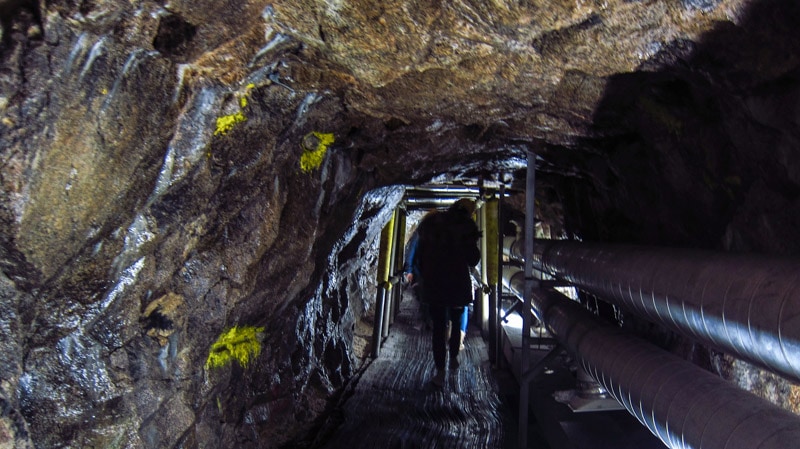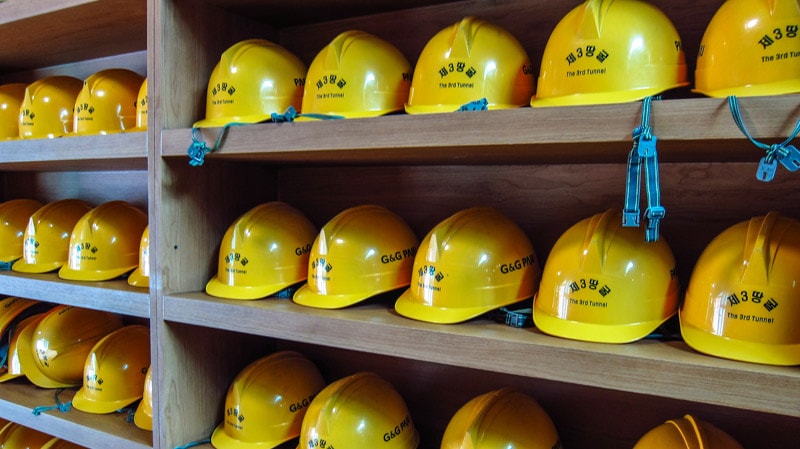
Before 1975, the 3rd Infiltration Tunnel was unknown. It was not until 1975 that a North Korean defector named Kim Bu-seong claimed that the north had built a secret passageway across the demilitarized zone for the main purpose of invading the south.
To find the location, PVC pipes filled with water were placed every 2 meters (6.56 feet) along the expected location of the secret passageway.
Over three years later, on June 10, 1978, one of the PVC exploded with water shooting up into the air. From this, South Korea was able to locate the secret passageway called the 3rd Infiltration Tunnel, or Third Tunnel of Aggression.

When you arrive, you are required to leave your cameras in lockers as photographs are not allowed inside.
Always wear your helmet. You will be surprised how many times you bump your head into the roof when it becomes narrow.
Walking down the inclined pathway to the tunnel is easy. Walking back up the pathway could cause trouble for those who are out of shape. Take your time.
The total length is 1,635 meters (1.01 miles) with a width and height of 2 meters (6.56 feet). It lies about 73 meters (239.5 feet) below ground. From the demarcation line, it runs 1,200 meters (3,937 feet) into the north and 435 meters (1,427 feet) into the south.
Its location is only 118 kilometers (73.32 miles) from Seoul.

A concrete blockade is as far as visitors inside can walk. It lies only 170 meters (557.7 feet) from the demarcation line, which prevents access from the north.
It appears that North Korea built the tunnel for the purpose of invading the south at a slope of 0.003 degrees towards the north. This causes water to drain toward the north, ensuring that the passage is not blocked with water in the south.
Traces of coal were found on the walls which shows that North Korea was trying to disguise it as a coal mine in the event that the tunnel was discovered. When this happened, North Korea first denied knowledge of its existence and then claimed it was an abandoned coal mine even though coal has never been found in the area.
Last Updated on Dec 25, 2020